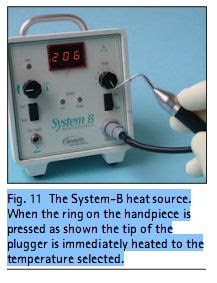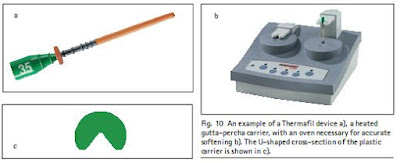Although the majority of practitioners will use calcium hydroxide routinely and effectively for pulp capping and various repairs to the root, Mineral trioxide aggregate (MTA) is increasingly used in specialist and some general practices. The material is described briefly in Part 5, and the application discussed in Part 11. Early research as a root-end filling material showed unparalleled results, and workers have since reported similar success in other endodontic procedures, with no resulting inflammation, and deposition of cementum over the restorative material.
MTA can be used in place of hard-setting calcium hydroxide in all these pulp-capping procedures.


